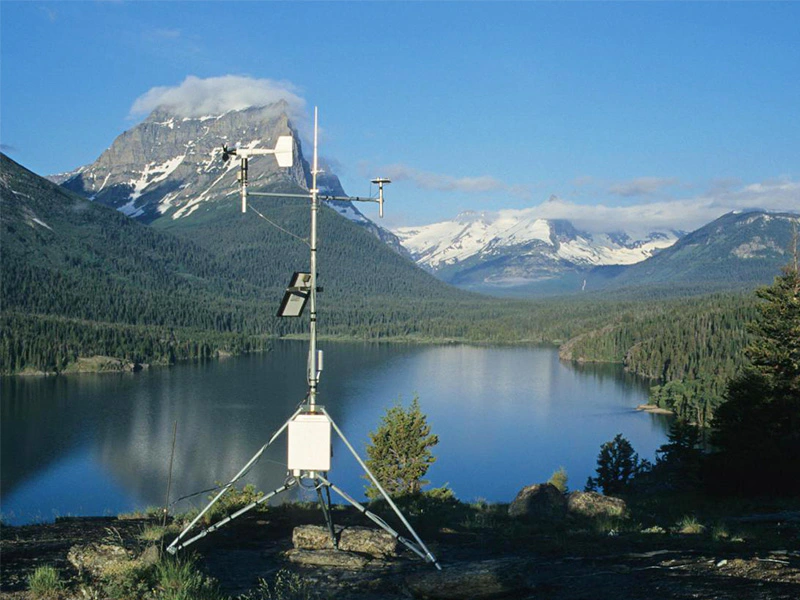
# What is a Meteorological Station?
A meteorological station, often referred to as a weather station, is a facility equipped with instruments and tools designed to observe and record atmospheric conditions. These stations play a crucial role in weather forecasting, climate research, and environmental monitoring.
## Key Components of a Meteorological Station
Meteorological stations typically include several essential instruments to measure various weather parameters:
– Thermometer: Measures air temperature.
– Barometer: Records atmospheric pressure.
– Hygrometer: Determines humidity levels.
– Anemometer: Measures wind speed.
– Wind vane: Indicates wind direction.
– Rain gauge: Tracks precipitation amounts.
– Pyranometer: Measures solar radiation.
## Types of Meteorological Stations
There are several types of weather stations, each serving different purposes:
### 1. Surface Weather Stations
These are the most common type, located at ground level to measure conditions at the Earth’s surface. They can be manual or automated.
### 2. Upper-Air Stations
These stations use weather balloons (radiosondes) to collect data about atmospheric conditions at higher altitudes.
### 3. Marine Weather Stations
Located on ships, buoys, or oil platforms, these stations monitor weather conditions over oceans and large water bodies.
### 4. Agricultural Weather Stations
Specialized stations designed to provide weather data specifically useful for farming and agricultural applications.
## Importance of Meteorological Stations
Meteorological stations serve numerous critical functions:
– Weather forecasting and warnings
– Climate monitoring and research
– Aviation safety
– Agricultural planning
– Disaster preparedness
– Environmental protection
– Scientific research
## Modern Advancements
Today’s meteorological stations often incorporate advanced technologies:
– Automated weather stations (AWS) that transmit data in real-time
– Remote sensing technologies
– Integration with satellite systems
– Internet of Things (IoT) connectivity
– Machine learning for data analysis
These advancements have significantly improved the accuracy and timeliness of weather data collection and analysis.
## Conclusion
Meteorological stations form the backbone of our weather observation systems. From simple manual stations to sophisticated automated networks, these facilities provide the essential data that helps us understand and predict weather patterns, ultimately contributing to safety, economic activities, and scientific knowledge about our planet’s atmosphere.
Keyword: what is meteorological station